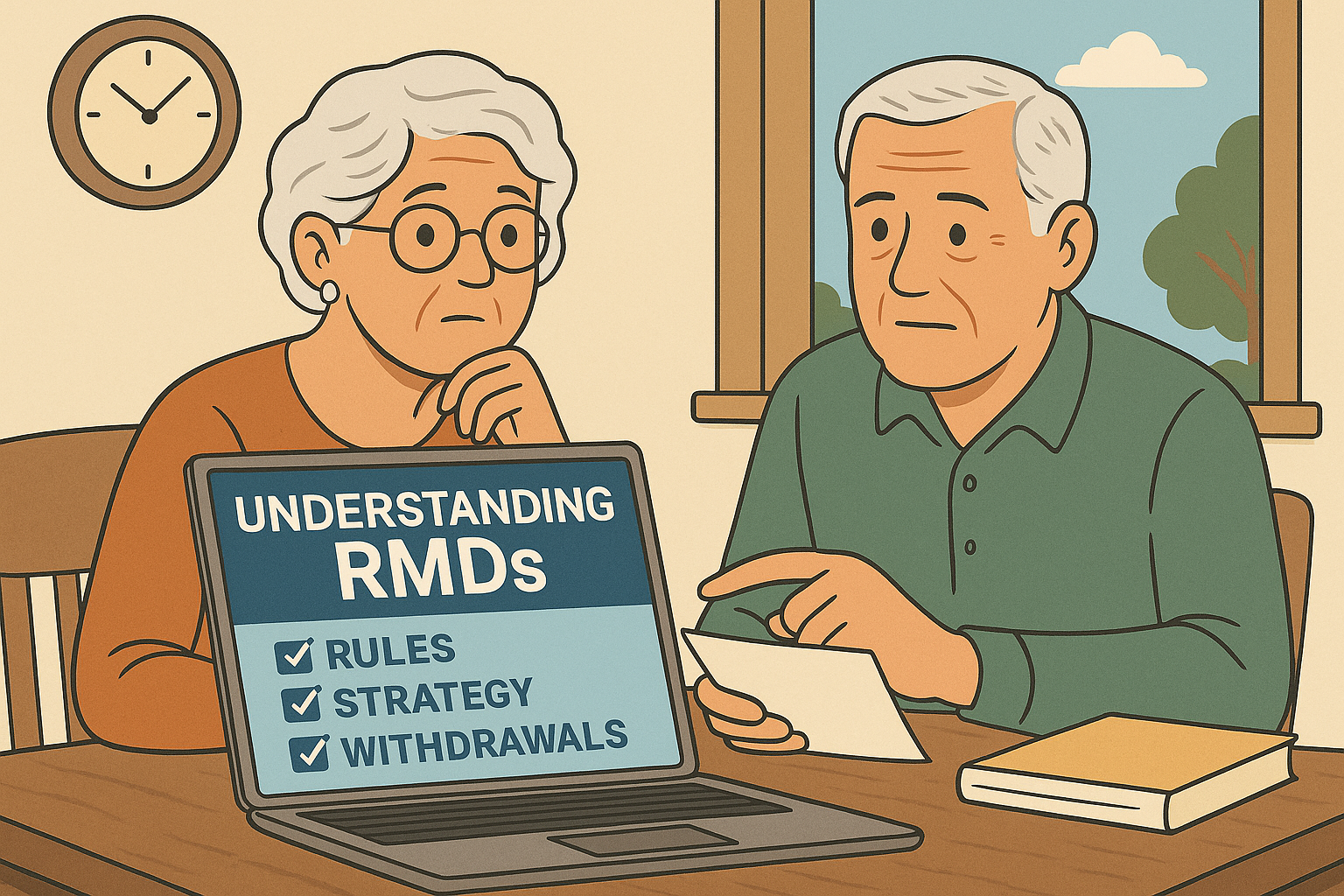A child’s allowance is a tool, not an entitlement
March 1, 2014
Should children receive an allowance?
The allowance may be the most debated, used-and-abused financial training tool ever devised. Some of us parents received an allowance as children and some did not. Some had a positive experience while others did not. Nevertheless, it’s safe to say that all parents want their children to be financially savvy and develop healthy attitudes and behaviors about money as they mature and grow into adults. The allowance is a good place to start, and for many children, 5 years old is not too early.
The most common way to begin teaching financial responsibility is by giving children an allowance each week. It’s a direct, effective approach that allows children to make financial decisions for themselves. Once a child must make her own decisions on whether to spend or save her money, chances are she will begin viewing money very differently. If parents just dole out cash to pay for things the child wants, it’s easy for the child to see money as an abstract concept at best, an unlimited resource at worst.
Ownership changes the game. When it’s their own money and in finite quantities, children quickly learn that assets are always limited and come with choices and consequences. Making choices and prioritizing financial resources is a fact of life, and this is a child’s introduction to it.
Many parents tie allowance to performances of household chores. Typically, these parents are motivated by the idea of instilling a strong work ethic and getting the child to participate in the collective work of the family. However noble the intentions, this is a bad idea.
The function of every family is to love, live and work together. Even families with household staffs and nannies should want their children to take responsibility for things like putting up their toys, making their bed and taking out the garbage. These tasks are their personal responsibility as a member of the family.
The general rule of thumb for parents is to pay allowance only for work you would otherwise hire someone else to do for you. A child receives an allowance so he have his own money and make his own decisions and learn. Allowance is “learning money,” and as children learn to handle money, parents can give them more responsibilities, privileges and even bigger allowances to practice with. As they grow up, children can use their money for candy, video games and “collectible” items like Pokemon cards.
The role of allowance is to give children an opportunity to practice managing money — and that is all. Joline Gofrey, author of “Raising Financially Fit Kids,” suggests parents repeat this mantra to themselves regularly: “An allowance is not an entitlement or a salary. It is a tool for teaching children how to manage money.” Go ahead parents, repeat it aloud as you read.
Young children lack any level of sophistication about money. All they know is it procures things and it came into their hands as if by magic. If you don’t develop rules (at least one or two) that apply to all money when your child is young, you are likely to find yourself dealing with a teenage tyrant who wants to quibble and negotiate incessantly for purchases or more allowance.
Rules about money will help you fight the urge to give another dollar to stop the whining. The rule could be that money has to be appropriately allocated among spending, saving and donating to charity. Using labeled jars or cans, have your child count the money with you and decide how much should go into each can.
Remember, allowance is “learning money.” Children will make mistakes with money, and those mistakes are opportunities to learn. Much better to learn on nominal sums when young than to learn the much harder way — with dire, lifelong ramifications — on larger sums later in life.
Also, don’t succumb to the temptation of using an allowance to control other behavior. Again, an allowance is to provide financial learning opportunities that children can afford, so decide what lessons you want your children to learn before you institute the allowance and build your child’s money rules around those lessons. Be clear about what you expect your child to learn and then don’t cave in. Increase the allowance as your child learns and masters greater levels of financial responsibility.
Phoebe Venable, chartered financial analyst, is President & COO of CapWealth Advisors LLC. Her column appears each Saturday in The Tennessean.
Related Article
Financial Advisors Offer Important Strategies for Tax Season














